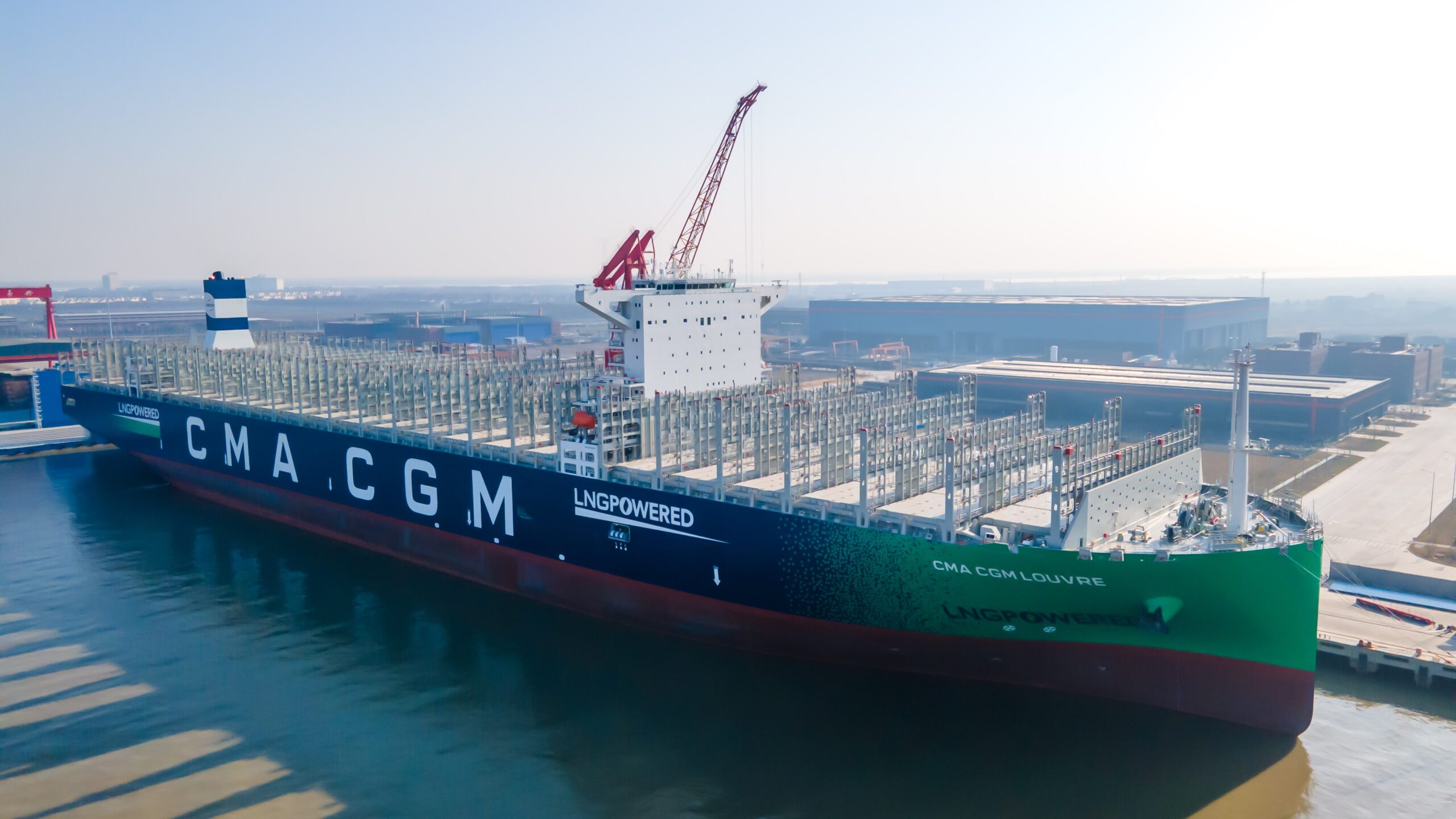Trelleborg, a supplier of flexible bonded hoses for the crude oil, chemicals and Liquefied Natural Gas (LNG) offshore industries has revealed how EN1474-2 accreditation of its Cryoline hose-in-hose transfer system for LNG will enable the extended use of LNG fuel, optimise the safety of its transfer, and significantly lower operator and supplier costs.
Following seven years of development and validation, the hose is the first of its kind to receive the coveted EN1474-2 accreditation. The cryogenic floating hose system enables direct connection from ship to shore, with up to 80% reductions in operating costs compared with traditional transfer solutions. Unlike traditional LNG loading and unloading, the hose requires no permanent jetty with breasting and mooring dolphins fenders and loading arms, which can increase time and lead to higher costs.
The ship-to-ship floating configuration (FSRU) ensures higher safety and operability standards as the distance between the vessels can be increased in both ship-to-ship and tandem transfer. Vessels can be moored as much as 300 to 500 meters away from a storage unit, allowing for ship-to-ship transfer in deeper waters, even in the challenging conditions.
The system gives the option for increased distances between vessels and uses ariel hoses with large inner diameters ranging from 16 to 20 inches to give operators a greater choice of configuration and more flexibility. Installation of the system can be done in just a few days and with only three 16-inch hoses compared to the standard ten 8-inch hoses used in conventional transfer systems, handling is less strenuous while the transfer time can be cut by 60%.
During the development of the Cryoline hose-in-hose technology, several full scale hose prototypes were successfully tested in both static and dynamic conditions at Trelleborg’s research and development facilities for hoses in Clermont-Ferrand, France. Most of the tests took place in cryogenic conditions at -196 °C/ -321 °F and in these floating hoses were able to demonstrate their ability to withstand fatigue resistance in hazardous conditions.
Vincent Lagarrigue, head of product management for Trelleborg’s fluid handling operation, commented: “Meeting the standard means that we are part of a transformation in the way that LNG can be handled. It will help make safer ship-to-ship transfer possible at a potentially lower cost, and in particular, in the small-scale LNG market, it can fulfill the operators’ desire to open up new markets in remote areas and negate the needs for costly on-shore infrastructure.”
“The market has been looking for some time for an option to transfer LNG to remote locations. Indonesia, for example, has set a target of 100% electrification by 2019, with gas playing an important role in meeting this target. This hose-in-hose transfer system will make this possible as LNG can be transferred directly without the need for infrastructure such as jetties” Mr Lagarrigue added.
Image: Courtesy of Trelleborg.
Ship Efficiency Review News
To contact the reporter responsible for this article, please email editor@fathom-mi.com


































